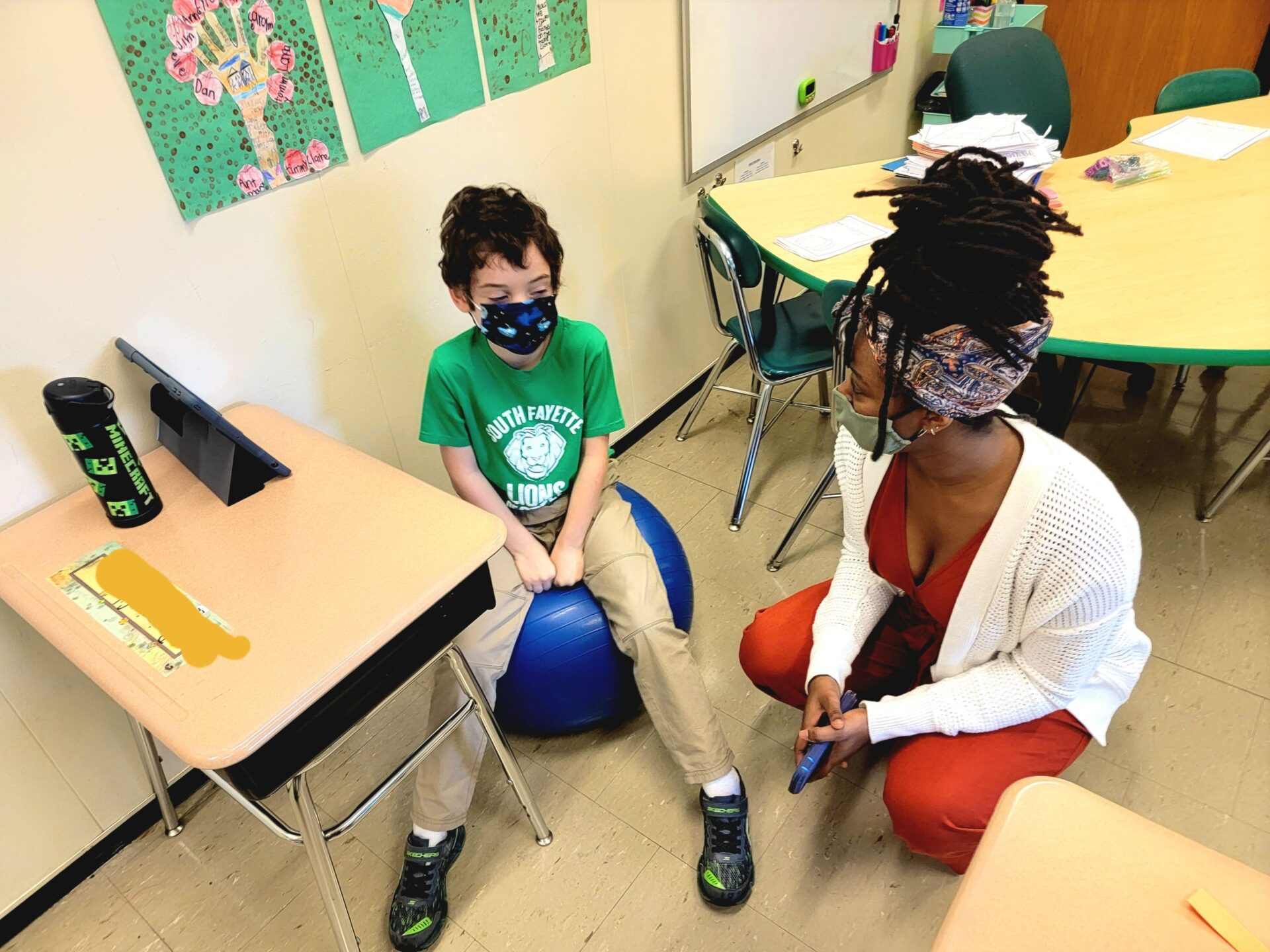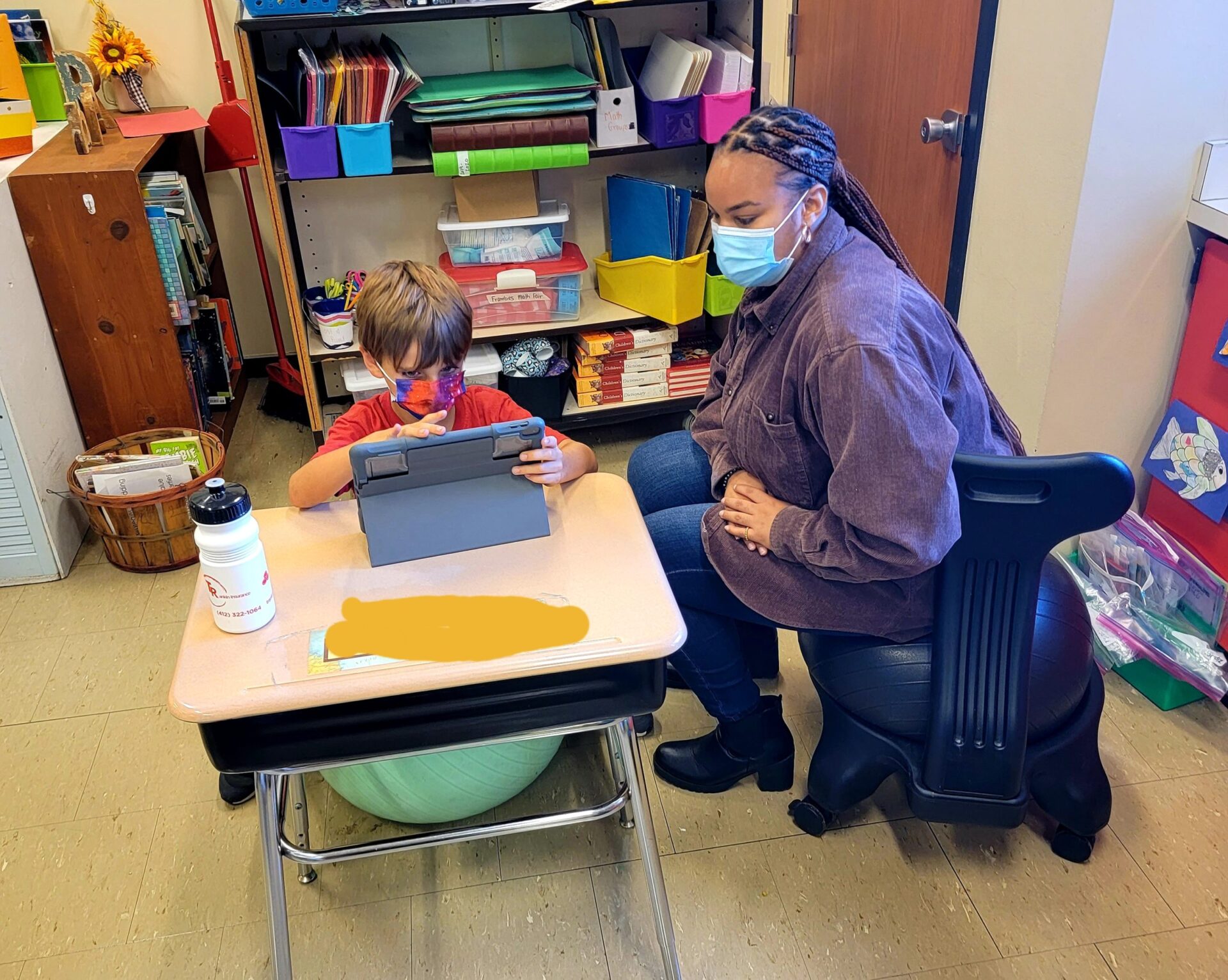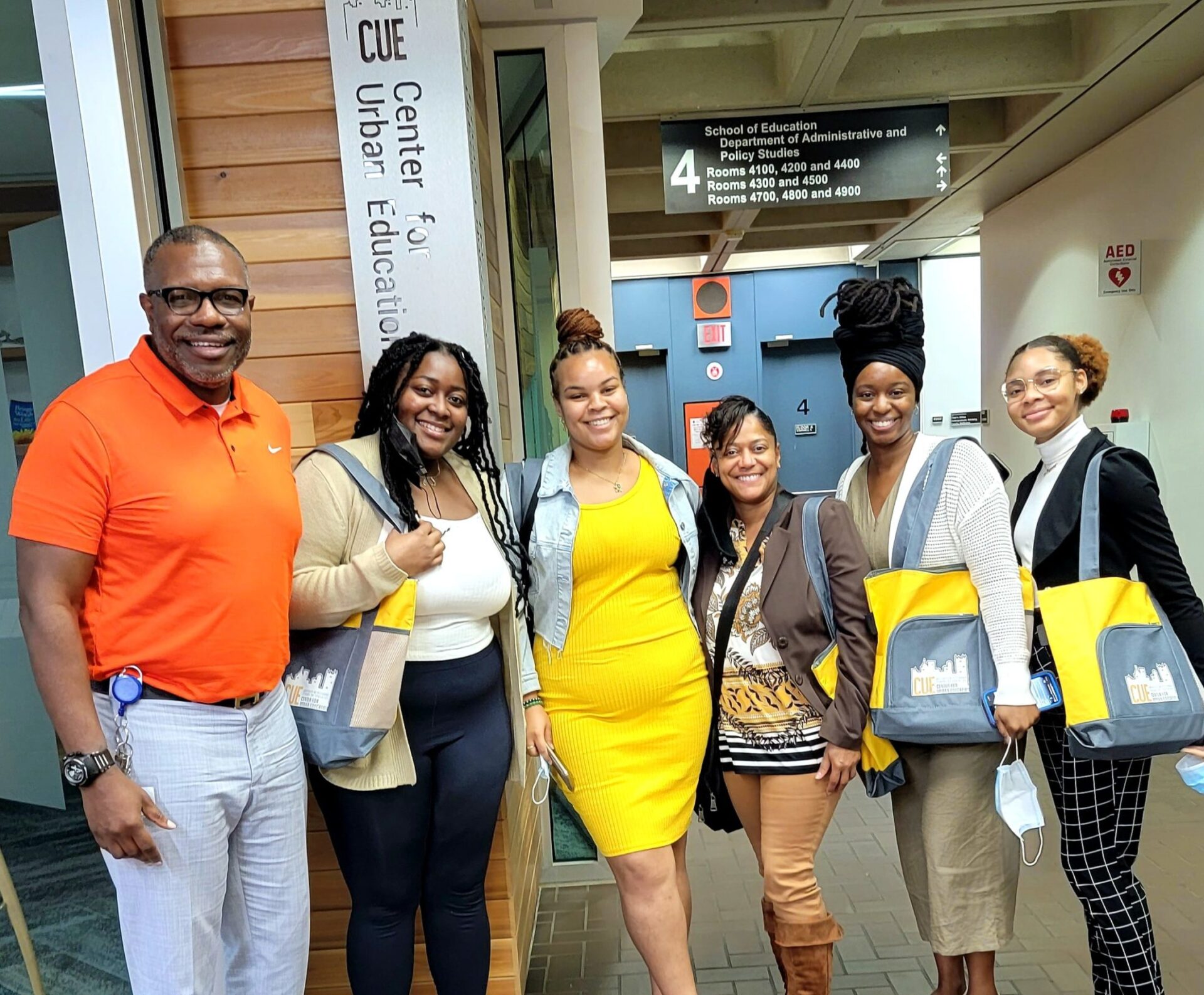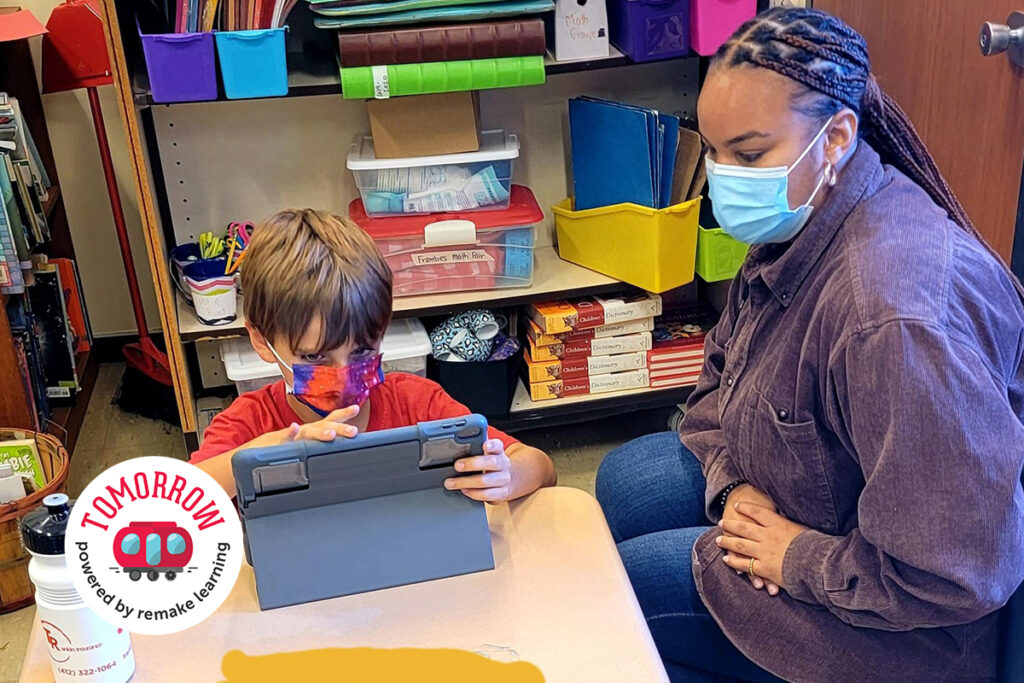Earlier this month, four young women arrived in Pittsburgh for a visit that could shape their future careers—and in the process, may also impact the lives of all students in the region.
Educators have known for many years that representation matters: Research has shown that learning from even one Black teacher between grades three and five decreases the likelihood that Black students will drop out of high school, and increases the likelihood that these students will attend a four-year college.
But students in Allegheny County often go their entire school career without learning from even one teacher of color. During the 2019-20 school year, data examined by the think tank Research for Action showed that 42% of all schools in Allegheny County had zero teachers of color. That’s 112 schools in the Pittsburgh region without a single teacher of color.
These numbers echo the lack of educators of color statewide: In 2019-20, the data shows that half of Pennsylvania’s public schools only employed white teachers.

This problem, of course, isn’t new: Research for Action found that from the 2013-14 school year through the 2019-20 school year, the percent of students of color in Pennsylvania increased from 30.5% to 35.8%. But in that same timeframe, the percent of teachers of color in Pennsylvania only increased from 5.4% to 6.0%.
This impacts students of color, and also keeps many white students from learning from and learning about people of color in their communities.
So while a visit from just four young women—all undergraduates at Howard University studying elementary education—may seem like a small thing, it is not. These “preservice” teachers make up the inaugural cohort of an innovative program called OTIS: Operation Teacher (of Color) Irrigation System, which aims to change these problematic numbers.
The program is the brainchild of South Fayette School District’s director of diversity, equity and inclusion, Dr. Chuck Herring.
He came up with the “irrigation system” concept to convey that the Pittsburgh region doesn’t need one narrow pipeline—especially given all the negative connotations that “pipeline” now carries in the world of education. Instead, Herring aims to “flood the region” with talented teachers of color from around the country by introducing them to Pittsburgh while they’re in college.
It all began in Washington, D.C., just weeks before the pandemic erupted in early 2020.
Showing Instead of Telling
On Feb. 29, 2020, Herring found himself spending Leap Day at the NEMNET career fair for teachers of color. After 25 years as an educator in the Pittsburgh region, he was eager to inspire young teachers at this event in the nation’s capital to consider a career in southwestern PA.
Herring is a font of positive energy and a skilled public speaker. His natural enthusiasm should have made it easy to sell the idea of applying for teaching jobs in Pittsburgh. But the students and early-career teachers that he met that day had outdated visions of industrial-era Pittsburgh.
No matter how much he spoke about Pittsburgh’s “eds and meds” evolution, Herring remembers, “I couldn’t get anyone to understand what we have here in Pittsburgh.”
They needed to actually see Pittsburgh and experience it.
“Life is show and tell,” Herring says. But if you’re going to inspire someone and convince them to launch their future in a part of the country they’d never considered before, you definitely “need more show than tell.”
So even as the pandemic shut down schooling worldwide, Herring began mapping out a method for doing the showing.
Introducing Our Ecosystem
More than 18 months later, OTIS finally kicked into gear earlier this month. The four preservice teachers arrived on a Thursday and were picked up at Pittsburgh’s airport in a yellow school bus.

They were warmly welcomed at South Fayette’s middle school for meetings with teachers and administrators, and even cheered on the school’s football team that Friday night. But their visit included more than just a sense of what life inside a K-12 school in a Pittsburgh suburb looks like.
These future teachers ventured out into the region’s learning ecosystem, visiting the University of Pittsburgh’s Center for Urban Education for a sit-down with Dr. T. Elon Dancy, the Center’s executive director. They also visited Carlow University, where several administrators and professors made time to speak with them, including the university’s president, Dr. Kathy W. Humphrey.
“Dr. Humphrey is a Black woman,” Herring says, “and she is just amazing. … You talk to her and she just has this presence. So for these 20-year-olds, they have an opportunity to talk to someone who 40 years ago was where they are, and now look at where she is. That was really powerful and impactful.”
These kinds of meetings will continue on the group’s next visit, likely in the spring of 2022. But life for teachers, as for all people, is made up of much more than work. So Herring plans to invite church leaders and other Black community members, including Black hairstylists, to meet with the group during future trips.

“We’ll bring them to people who are of their culture,” Herring says, so that they can make connections and really envision themselves teaching and living in Pittsburgh.
Assuming funding is available, this group of future teachers will continue making regular visits for the next two years. And hopefully, more cohorts will be formed to bring more preservice teachers of color to the Pittsburgh region. Howard University generally sends students to international locations for their months of student teaching, but one goal is to have OTIS participants do their student teaching in southwestern Pennsylvania.
Herring is the first to acknowledge that the dearth of teachers of color in the Pittsburgh region won’t be shifted through easy solutions or quick fixes.
But attracting new teachers of color to this region—and inspiring these future teachers to tell others what they’ve seen here—is an important step. And small shifts can have a meaningful impact.
“If we had close to 10% teachers of color,” Herring says, “it would be more than enough to really start helping all students.”
